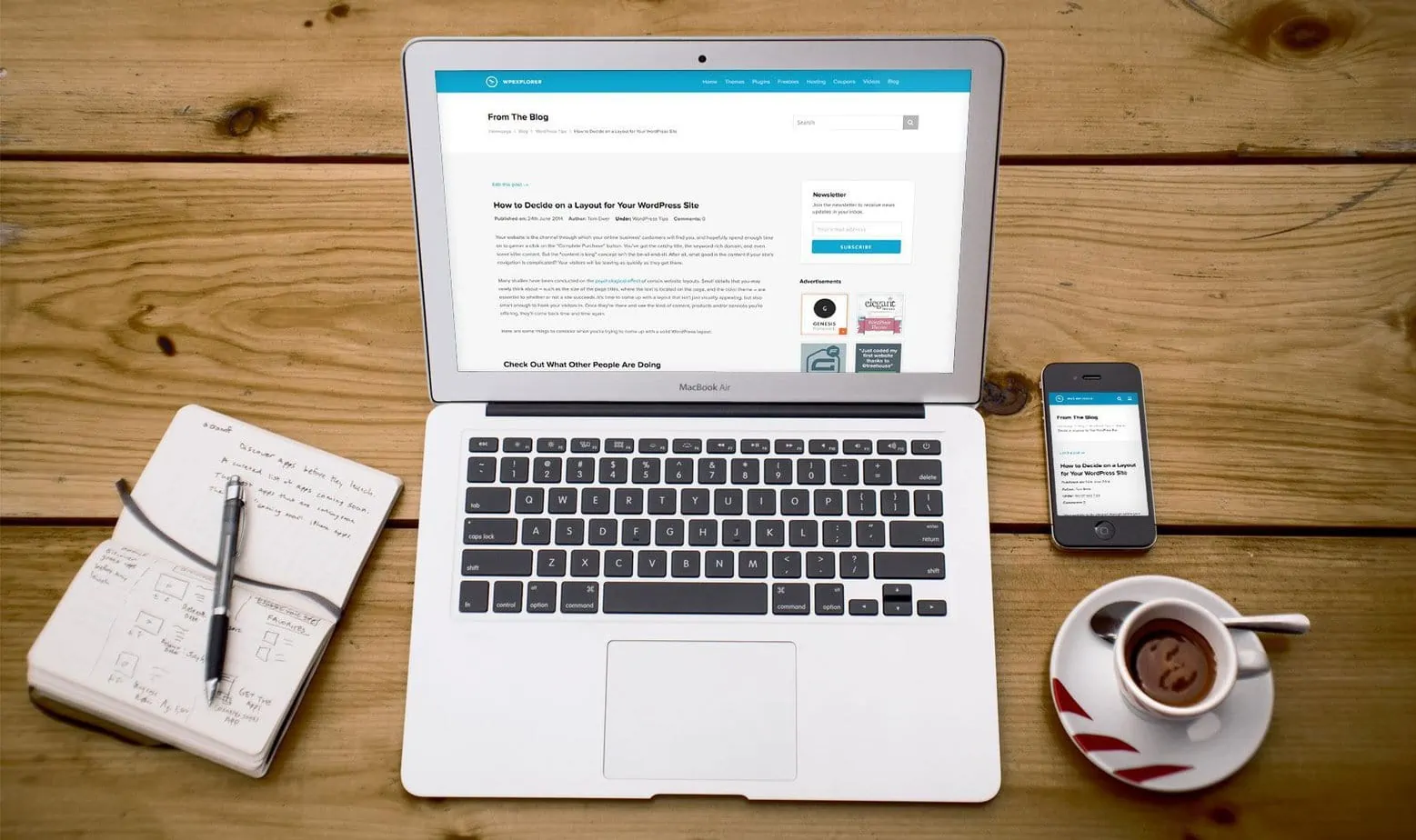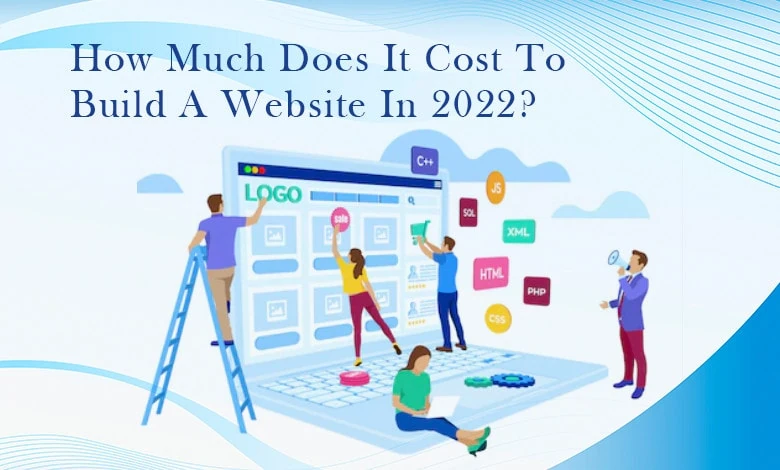Do you want to make a website but are terrified of the programming challenges you might encounter, especially when you are not techy?
No worries! WordPress is there to help you achieve your goals with minimum effort.
As our life slowly starts to switch into the online realm, it seems that owning a website becomes an indispensable part of our success. For almost any kind of business to succeed online, you have to take care of everything from marketing, hosting, social media to advertising content creation and more.
So developing a website has become a necessity to generate the leads you want.
Here is a step-by-step guide on how to create a WordPress website for beginners.
Enough for words! Let’s get to work.
Step 1: Secure your domain name and host
For any website to go live on the Internet, you need a domain name and a host. There is no way for people to access your website without a domain name, and there is no place to store the files that make up your website without a host.
Using a subdomain of a more significant site, such as “yoursite.wordpress.com,” is one way to get a free domain name and hosting. However, this does not seem to be a professional domain name, and you would have a difficult time without one.
Buying your hosting is the same. There are several different options available, but a simple shared hosting package will be fine for those just starting. You may want to update your package in the future, but there’s no need to overcomplicate things right now.
You share server resources with other sites on the same server when you use shared hosting. This essentially spreads costs over a large number of users, resulting in a relatively low monthly bill.
Several things that you can do to secure your domain are the following;
- Keep your accounts secure by using strong passwords, securing email, and logging in to your registrar account regularly.
- Add domain privacy. Many domain registrars provide domain privacy as an add-on feature for site owners who don’t want their contact details made public.
- Lock up your domain by using a domain authorization code.
Step 2: Install WordPress
It’s now time to install WordPress after you’ve taken care of your hosting and domain name. Most beginner hosts make this simple by providing software that helps you to install your preferred CMS quickly.
Instead of downloading and uploading your CMS manually, this app will take care of all of the technical details for you. You can choose from a variety of hosts like Hostgator, Bluehost or any others. After choosing a domain name for WordPress, you should also enter your website’s name, administrator username, and password. Of course, you can change them later in WordPress settings.
No worries! If you have any challenges with setting up your account, you can hire the best WordPress developer.
Almost done!
You already have your first WordPress website. Congratulations!
Now let’s move on to the next step and look into some tips to design your site with WordPress.
Step 3: Select a theme
Online website builder WordPress offers a huge ecosystem. So you’ll be able to pick from thousands of different themes (and that’s just the free ones). Your site’s base will be WordPress. However, you’ll need to install a WordPress theme if you want to make any changes to the way your site looks. A theme is essentially a set of files that define the appearance and functionality of your website.
The design of each of these themes is tailored to business requirements. For example, to create ecommerce website on wordpress, there is a wide variety of themes and particular designs to choose from. There are also premium themes available that provide even more flexibility, features, support, and other benefits. Premium themes have higher-quality code and dedicated support staff, and they usually look and work better than free themes.
Here’s how to select a theme for your website and install it;
Navigate to Appearance>Themes in the backend of your WordPress dashboard. Then choose ‘Add New’ from the drop-down menu. Once you’ve found a theme you like, hover over it and press “Install” followed by “Activate.” You can now personalize your theme to your taste.
If you want to add more functionality to your blog you can browse the limitless library of WordPress plugins. Several free and paid plugins are available to help you add whatever functionality you want to your site.
Step 4: Customize Your Site
At this point, you should have had your domain name and hosting. After successfully installing WordPress, choosing a theme, and possibly also adding a few plugins, it’s time to configure your site, which is where the real fun starts.
The first thing you can do is build a few needed pages, such as the Home page, Contact page, About page, Blog, and more. Depending on the site, you might want to add more sections, such as a services page, a resource page, or something else.
To add pages to your WordPress account, you should Navigate to Pages>Add New. This will take you to a screen where you can create a new page for your website. To create a new WordPress website, add your title, text, and any photos you want. Once you are done with entering your title, text, and any photos or media, hit the ‘Publish’ button.
A similar procedure will be followed if you want to add some blogs to your list. Go to Posts>Add New. It will open up a page editor. Write your blog post and then hit the ‘Publish’ button.
You can also change the Appearance of your website by going to Appearance>Customize.
Here, you can customize your site’s color scheme, header elements, menus, and general theme settings, among other things.
Step 5: Launch
It’s time to launch your site! If you’ve followed the steps above, your website should already be up!
Type your website’s URL into the browser to see it live.
You may want to use a coming soon or maintenance mode plugin if you want to build your site without letting people see it in an unfinished state. Install a plugin like “Coming Soon Page & Maintenance Mode by SeedProd.” Go to Plugins>Add New and type in “coming soon seedpod” in the search box.
After you’ve enabled the plugin, navigate to Settings>Coming Soon Page & Maintenance Mode to configure the appearance of your coming soon page.
Then, when you’re about to go live, make sure the plugin is turned off.
Closing Thoughts
The good new is that now you can create a website with WordPress in just a few steps. This commonly used content management system is the backbone of many of the Internet’s most popular and well-trafficked websites. You can make any site you like with its simplicity and ease of use.
It is entirely up to you which path you take. Just make sure to assess your needs, current skills, and overall site goals before deciding on the best strategy for developing your site.



